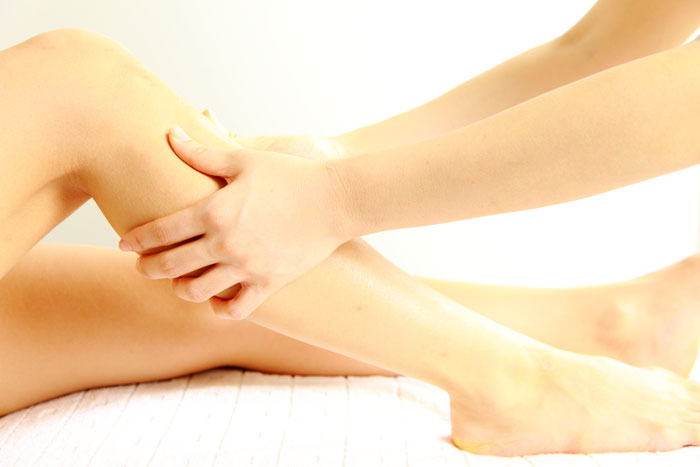Among Physical Therapists who practice in outpatient settings, one of the most useful tools we have to address joint dysfunctions of any kind are orthopedic or osteopathic joint mobilization techniques. This most often is used for a patient who has injured a joint or the tissue around a joint, and the normal motion is impaired. Careful screening and evaluation, referred to as Special Tests, are used to evaluate which component of the joint is most affected or restricted. Sometimes this involves the joint surfaces gliding upon one another, or can be a specific soft tissue attachment, i.e. ligament or capsule. The physical therapist then applies a specific and directed hands-on technique to that area of the joint to address the restriction.
“Joint Mobilization is … one of the most useful tools we have to address joint dysfunctions ….”
Joint mobilization are classified by a number system ranging from 1-4, where one uses the least amount of pressure and it graduates from there. Within the Physical Therapy profession, Grade 5 mobilizations are referred to as a Manipulation or a Vertical Thrust. Instead of gradually stretching the capsule and ligamentous integrity of the joint, a quick and very specific directional force is applied through the area of restriction. Osteopathic physicians and chiropractors also use joint mobilization and manipulation techniques, and they are a standard part of orthopedic curriculum within any Physical Therapy training program.

